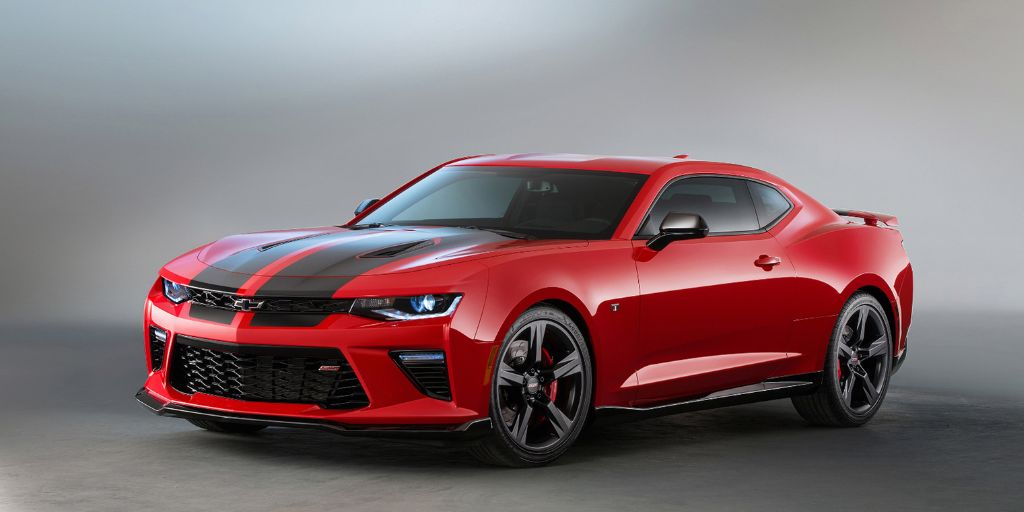For many car enthusiasts, the thrill of ownership is often amplified by the ability to modify and personalize their ride.
Whether it’s squeezing out extra horsepower, improving handling, or simply making a vehicle stand out visually, modifications can transform a car into a true reflection of its owner’s style and needs.
However, not all cars are created equal when it comes to tolerating upgrades. Some vehicles are famously robust and seem almost designed to welcome tuning and aftermarket parts, while others quickly become unreliable or develop serious mechanical issues after even modest modifications.
In this article, we explore two sides of the modification world. First, we’ll highlight five cars that are safe to modify, known for their durable engineering, wide aftermarket support, and resilience under pressure.
These vehicles have earned a reputation for being tuner-friendly, making them favorites in garages around the world.
Then, we’ll switch gears and examine five cars that fall apart with upgrades—vehicles that may look promising but have proven to be fragile or problematic once modified.
Whether due to design limitations, weak components, or incompatible systems, these cars serve as cautionary tales for would-be modifiers.
Whether you’re a seasoned gearhead or just curious about car culture, this guide will help you make smarter, safer choices for your next project.
Also Read: 5 Cars That Are Better With Age and 5 That Only Decline
5 Cars That Are Safe to Modify
When it comes to car modification, certain vehicles stand head and shoulders above the rest for their ability to handle aftermarket enhancements. These cars aren’t just popular because of their looks or performance—they’ve built a reputation for reliability even after significant changes.
Whether it’s an engine swap, suspension overhaul, or full-on track preparation, these models take modifications in stride without compromising their core durability.
Why does this matter? For many enthusiasts, the joy of owning a car comes from making it their own, pushing its limits, and extracting every ounce of potential. But modifications, especially those that alter performance or handling, place extra strain on a vehicle’s components.
If a car’s engineering isn’t robust enough, even basic upgrades can lead to headaches like overheating, transmission failure, or electrical gremlins.
That’s why cars that are naturally “mod-friendly” hold a special place in the automotive world: they offer a safe playground for creativity without punishing the owner with endless repair bills.
In this section, we’ll break down five cars that have proven to be safe to modify. These are models that not only tolerate but often excel with modifications, thanks to strong factory engineering and massive aftermarket ecosystems.
Each car we highlight has stood the test of time, becoming a favorite for tuners and hobbyists alike. From Japanese legends to American icons, these vehicles represent the gold standard for modding potential.
Whether you’re dreaming of building a street racer, a show car, or a reliable daily driver with extra flair, these five cars provide a sturdy foundation to bring your vision to life—with far less risk of costly setbacks.
1. Mazda MX-5 Miata
The Mazda MX-5 Miata is often the first car that comes to mind when discussing safe and rewarding vehicles to modify.
Launched in 1989, the Miata quickly gained legendary status for its perfect balance, lightweight design, and bulletproof reliability. But what makes it truly shine is how well it handles aftermarket upgrades.
The Miata’s naturally aspirated four-cylinder engine may not seem powerful out of the box, but it responds remarkably well to forced induction setups like turbochargers and superchargers.
Countless owners have safely boosted their Miatas without compromising reliability—thanks in part to the car’s simple, robust engineering. Suspension upgrades are also incredibly popular, with coilover kits, sway bars, and bushings transforming the Miata’s already nimble handling into a track-day weapon.
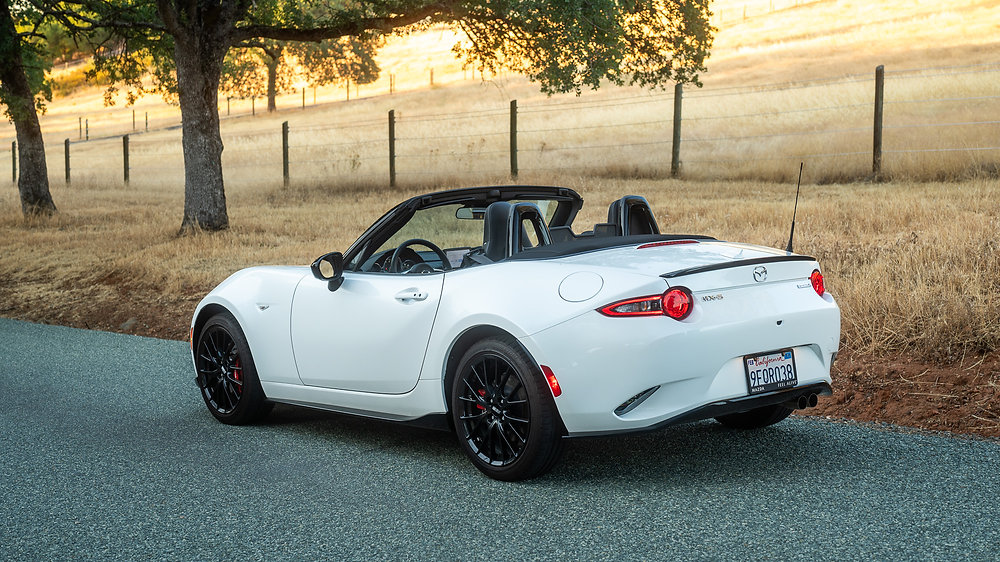
Beyond performance mods, the MX-5 benefits from one of the largest aftermarket support networks in the world. From aesthetic tweaks to full-on race builds, nearly every part you could imagine is available, making it a true blank canvas for creativity.
Most importantly, the Miata’s drivetrain, cooling system, and chassis are known to tolerate extensive modifications without developing chronic issues. It’s a car built by enthusiasts, for enthusiasts, which is why it remains a favorite among first-time and seasoned tuners alike.
Whether you’re aiming for spirited weekend drives or competitive racing, the Miata provides a safe, rewarding platform to bring your automotive dreams to life.
2. Subaru WRX/STI
The Subaru WRX and its high-performance sibling, the STI, have long been poster children for tuner culture. With roots in rally racing, these cars are designed from the ground up to handle aggressive driving and, by extension, modifications.
Owners love them for their turbocharged boxer engines, symmetrical all-wheel-drive systems, and rugged chassis—all of which make them highly receptive to a wide range of performance upgrades.
One of the main reasons the WRX/STI is so mod-friendly is its engine design. The EJ and FA series engines can handle significant increases in boost pressure when supported by proper tuning and fueling upgrades.
Bolt-ons like bigger turbos, intercoolers, and exhaust systems can safely unlock substantial power gains without putting excessive strain on the car’s core components—provided the modifications are done thoughtfully.
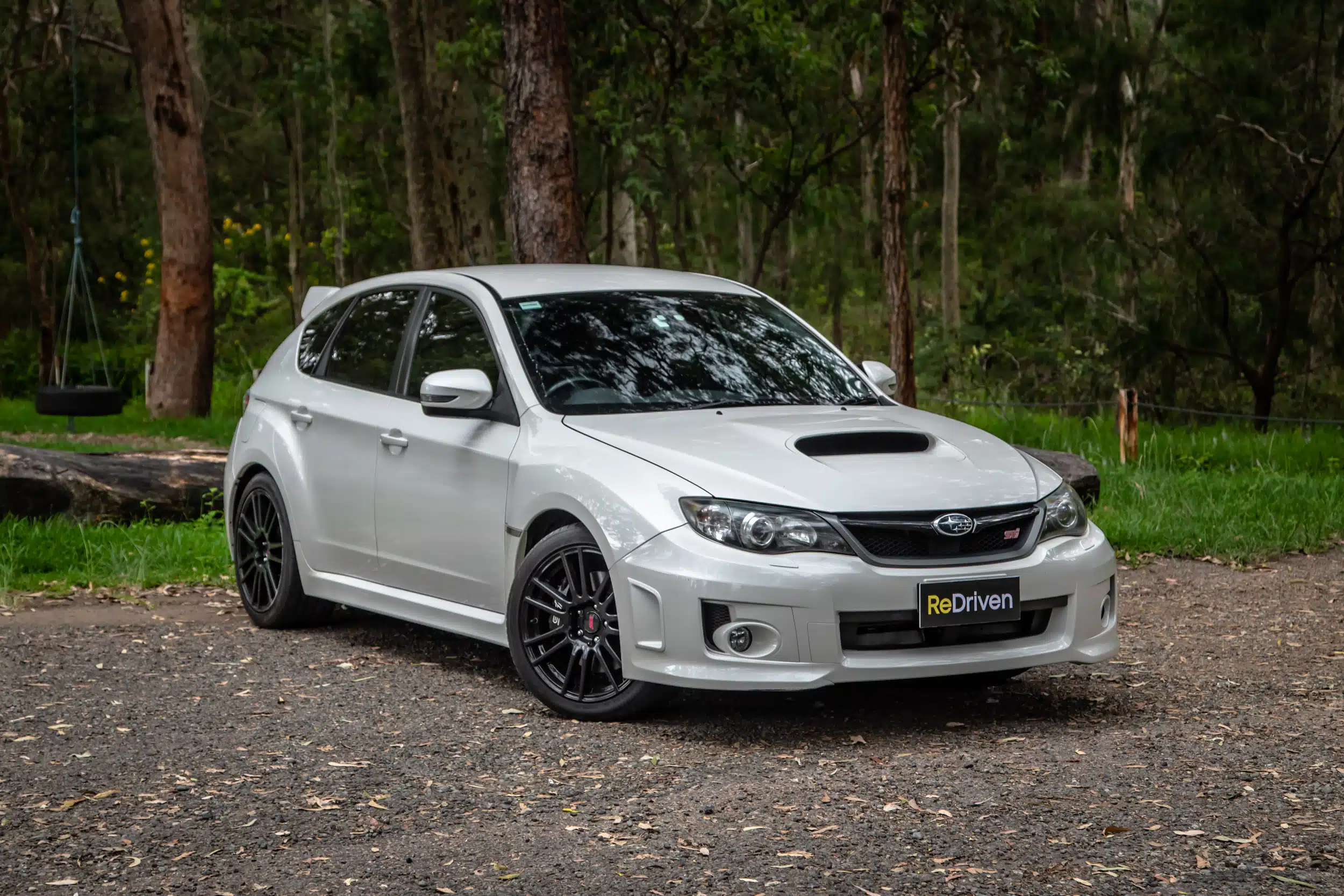
The WRX/STI also shines in the handling department. Its balanced chassis, coupled with ample aftermarket suspension options, allows owners to dial in setups for anything from daily comfort to track dominance. Brake upgrades, body kits, and interior modifications are equally accessible, making personalization easy and rewarding.
Perhaps most importantly, Subaru’s community of enthusiasts and experts is vast, providing tons of shared knowledge to help avoid pitfalls.
While poor-quality parts or sloppy installs can still cause problems (as with any car), the WRX/STI is remarkably robust when modified correctly. Its rally heritage shines through, offering a safe, proven platform for those eager to push the limits of performance and style.
3. Ford Mustang
The Ford Mustang, particularly the models from the mid-2000s onward, has cemented its place as one of the most mod-friendly cars on the planet. From the affordable EcoBoost versions to the mighty GT and Shelby trims, Mustangs are built with performance in mind—and they respond incredibly well to upgrades.
One major advantage of modifying a Mustang is its rock-solid V8 engine, especially the Coyote 5.0-liter found in recent GT models. This engine is famed for its durability and headroom for power gains.
Enthusiasts regularly add superchargers or turbo kits to these engines, pushing well beyond 600 horsepower on stock internals with proper supporting mods and tuning. The drivetrain and chassis are similarly robust, designed to handle high torque without falling apart.
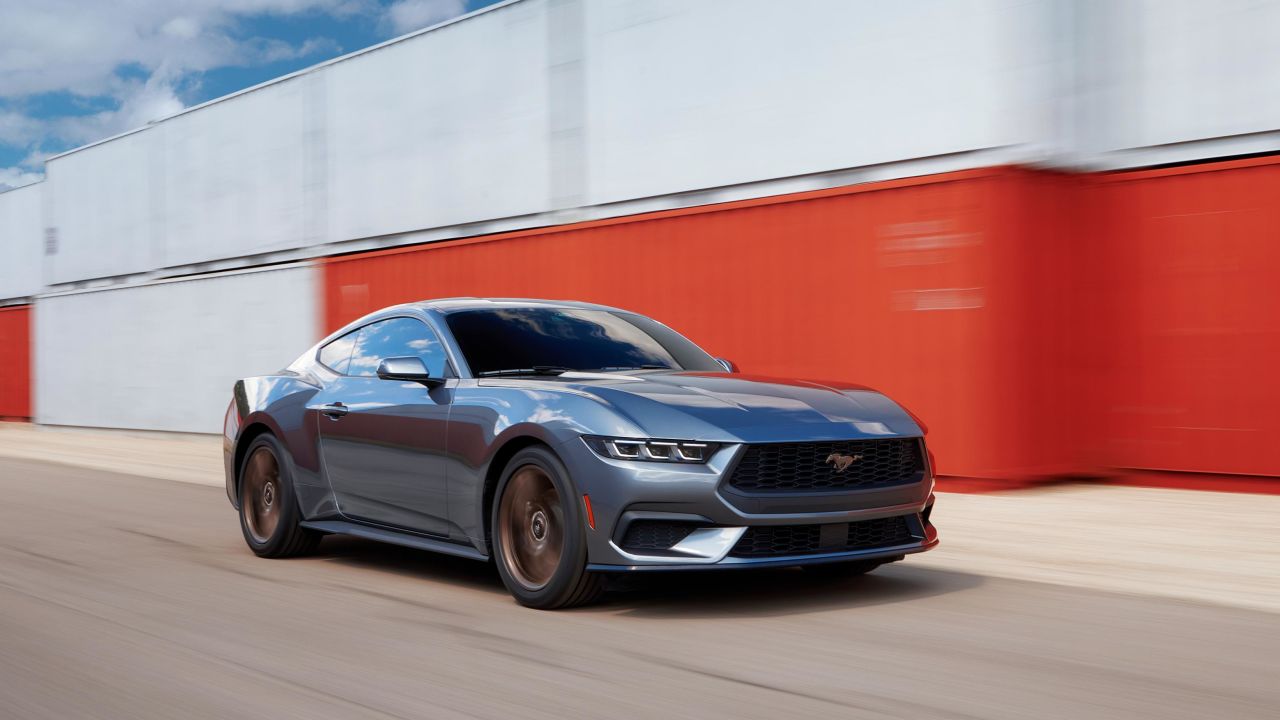
Beyond sheer power, the Mustang’s modular construction makes it incredibly easy to work on. Bolt-on suspension kits, brake upgrades, and handling packages are widely available and can transform the car’s road and track manners.
Aesthetic mods, from widebody kits to retro-themed conversions, are equally popular and supported by a thriving aftermarket industry.
Ford’s long history of racing and enthusiast support means there’s no shortage of expertise, guides, and parts to ensure that mods are safe and effective.
The Mustang’s combination of brute strength, easy access to parts, and a bulletproof community make it a nearly foolproof choice for anyone looking to modify a car without risking its core reliability.
4. Honda Civic
Few cars have earned a more loyal following in the tuning world than the Honda Civic. Whether you’re talking about the iconic EK, EG, or the more modern Type R models, the Civic has consistently proven to be one of the safest and most rewarding platforms to modify.
What makes the Civic stand out is its incredible balance of affordability, simplicity, and durability. Honda’s engineering is legendary for its precision and reliability, and the Civic is no exception.
The car’s inline-four engines—especially the B-series, K-series, and newer turbocharged units—are highly responsive to modifications.
From basic intake and exhaust upgrades to full-on turbo swaps, Civics can handle significant performance increases without compromising longevity, as long as mods are executed with quality parts and proper tuning.

The Civic also benefits from a massive aftermarket scene. Whether you’re aiming to build a track weapon, a street sleeper, or a show car, the options are virtually endless. Suspension kits, brake upgrades, aesthetic parts, and even interior modifications are widely available and often bolt-on friendly.
Perhaps most impressively, Civics are renowned for their reliability even when pushed hard. Enthusiasts regularly build high-revving, high-horsepower Civics that remain dependable for years.
Their lightweight chassis and front-wheel-drive layout also make them a fantastic starting point for first-time tuners.
With a combination of bulletproof engineering and an unmatched parts ecosystem, the Civic is a car that invites experimentation—offering peace of mind that your efforts won’t be undone by mechanical fragility.
5. Volkswagen Golf GTI
The Volkswagen Golf GTI is a standout in the hot hatch world, and it’s also one of the safest and most satisfying cars to modify. Known for its blend of practicality, performance, and European style, the GTI offers a rock-solid platform for both novice and experienced tuners.
The heart of the GTI’s mod-friendly nature lies in its turbocharged four-cylinder engine. The EA888 engine found in recent generations is particularly renowned for its tuning potential.
With simple bolt-on upgrades—like a downpipe, intake, and ECU tune—owners can safely extract 50 to 100 extra horsepower, all while maintaining daily-driver reliability.
VW engineers have built this engine to handle moderate power increases without overstressing the internals, making it an ideal candidate for performance mods.
The GTI also benefits from a well-balanced chassis and precise steering, and there’s a thriving aftermarket for suspension, brake, and handling upgrades. Whether you’re aiming for sharper track performance or a more planted street feel, the GTI responds predictably and safely to modifications.
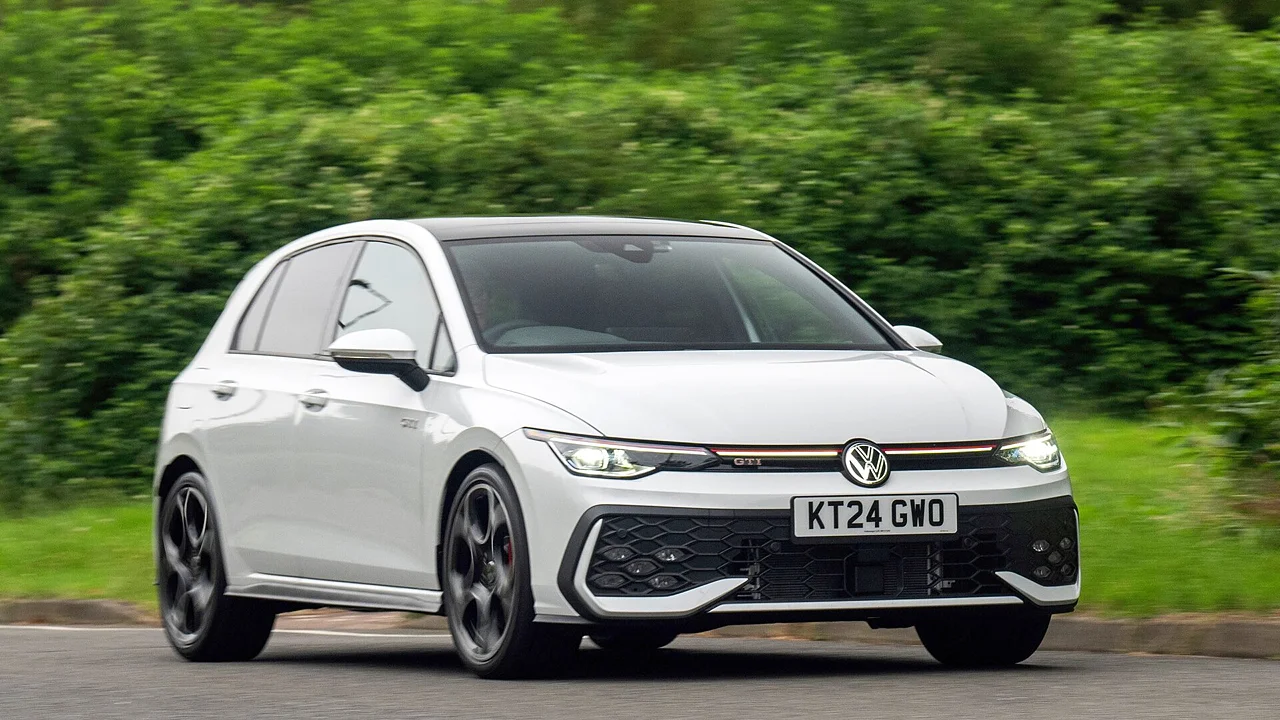
Beyond performance, the GTI’s stylish design has inspired a huge market for aesthetic upgrades, from subtle body kits to full custom builds. Enthusiast forums and expert tuners offer deep pools of knowledge, making it easier to avoid pitfalls and keep the car running smoothly after mods.
All told, the Golf GTI offers a perfect mix of German engineering, proven durability, and community support, making it a top choice for anyone seeking a safe, enjoyable path into car modification.
5 Cars That Fall Apart With Upgrades
While the world of car modification is filled with exciting possibilities, it’s also riddled with cautionary tales. Not every vehicle is designed to handle the extra power, torque, or stress that modifications can introduce.
In fact, some cars—despite their sporty appearance or enthusiastic fanbase—quickly reveal serious weaknesses when subjected to even moderate upgrades.
This section is dedicated to five cars that have gained a reputation for falling apart with upgrades. These are models that, for various reasons, simply don’t tolerate modifications well.
Whether it’s due to fragile drivetrains, weak transmissions, unreliable electronics, or overly complex systems, these vehicles can turn a fun project into a financial nightmare.
Often, what seems like a small upgrade—like a basic intake, a chip tune, or suspension change—can snowball into major repairs, leaving owners frustrated and out of pocket.
It’s important to note that this isn’t always because of “bad cars.” In many cases, these vehicles perform well in stock form and meet their intended design goals.
However, their engineering doesn’t leave much headroom for pushing beyond factory specs. Without extensive and costly reinforcement, they’re simply not built to handle the extra strain.
By highlighting these examples, we hope to provide a clear-eyed perspective for enthusiasts who are considering modding these particular models. Understanding the risks upfront can save both money and heartache down the road.
Whether you’re thinking of adding a bit of flair or planning major performance overhauls, knowing which cars to avoid—or to approach with extreme caution—can make all the difference in your modding journey.
1. Dodge Neon SRT-4
The Dodge Neon SRT-4 made a splash when it debuted in the early 2000s, offering serious turbocharged performance at an affordable price.
With its aggressive styling and respectable factory power, it quickly attracted a dedicated group of tuners eager to unlock even more potential. However, despite its promise, the SRT-4 has proven to be a tricky and often frustrating car to modify.
At the heart of the issue is the car’s overall build quality and its relatively fragile components. While the stock 2.4L turbocharged engine can handle modest gains with simple bolt-ons, pushing beyond basic upgrades exposes critical weaknesses.
The transmission, for example, is notorious for struggling under higher power levels, with common failures in synchros and clutches.
Additionally, the car’s drivetrain and suspension weren’t designed to cope with extreme performance increases, leading to premature wear and breakages when owners try to push the limits.
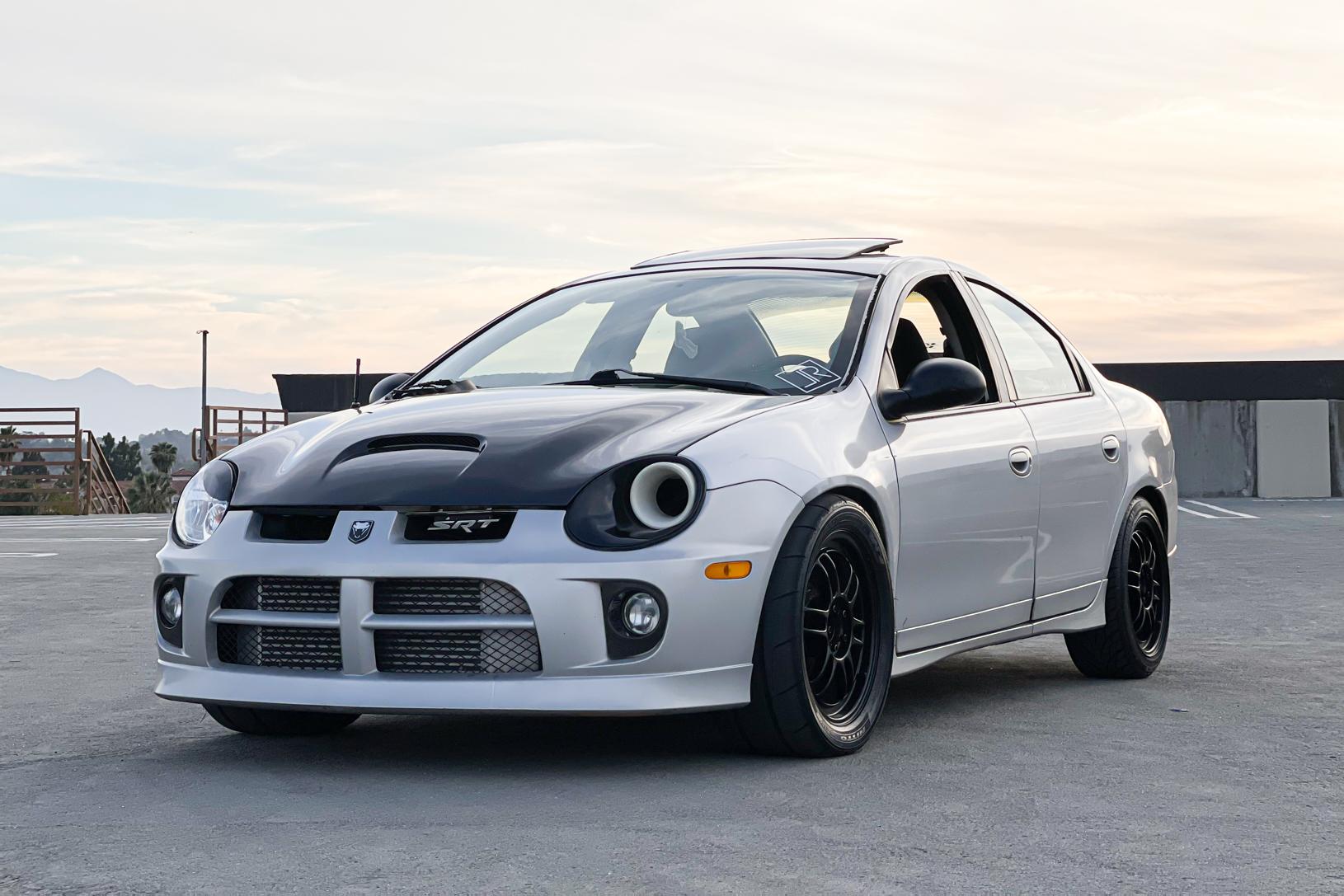
Electrical gremlins are another well-known headache for SRT-4 owners, especially when modifications extend to the ECU or involve piggyback systems.
The Neon’s budget-oriented roots mean that many of its systems don’t have the tolerance for significant tuning, often resulting in unreliable performance or frustrating troubleshooting.
While the SRT-4 can be a blast in its stock or lightly modified form, it’s not the best candidate for serious builds without investing heavily in reinforcement.
For those looking for a project car that thrives under heavy modding, the SRT-4 serves as a cautionary tale: big potential on paper, but a high risk of mechanical letdowns in practice.
2. BMW 335i (E90/E92)
The BMW 335i, especially from the E90/E92 generation, burst onto the scene with a potent twin-turbo inline-six (the N54 engine) that seemed tailor-made for tuning.
Early dyno results showed that modest upgrades—like an ECU tune and basic bolt-ons—could unlock massive power gains, earning it a reputation as a dream car for enthusiasts seeking affordable speed.
However, as many owners have learned the hard way, the 335i’s seductive performance potential comes with significant reliability pitfalls.
The main issue lies in the N54 engine’s complexity and fragility when pushed hard. Even light modifications can accelerate well-known failures: high-pressure fuel pumps (HPFP), injectors, turbo wastegates, and carbon buildup on intake valves are common headaches.
While these problems can occur in stock cars, aggressive tuning and extra boost pressure often bring issues to the forefront much sooner.
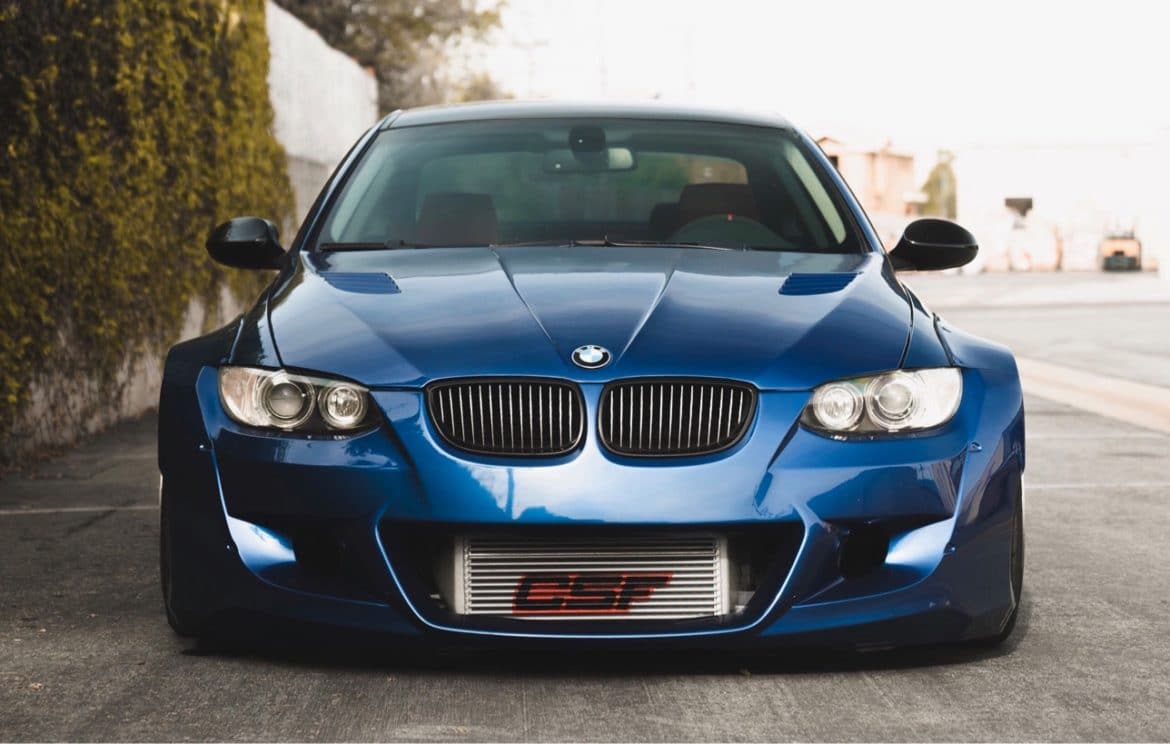
Additionally, the E90/E92 chassis, while capable, has its share of weak points, particularly when adding stiffer suspension setups or larger wheels. Premature wear on control arms, bushings, and drivetrain components is a frequent complaint among heavily modified 335i owners.
What’s more, BMW’s intricate electronics can complicate tuning efforts, making even simple upgrades a risky proposition if not handled by a specialist.
While it’s true that the 335i offers exhilarating performance, keeping it reliable after mods often demands deep pockets and a high tolerance for ongoing maintenance.
In short, while the 335i might tempt you with its tuner-friendly image, its long-term durability under upgrades leaves much to be desired—making it a car best left close to stock if you value peace of mind.
3. Audi S4 (B5/B6)
The Audi S4, particularly from the B5 and B6 generations, is often considered a sleeper hit—offering luxury, performance, and understated looks that appeal to a wide range of enthusiasts.
The 2.7L twin-turbocharged V6 found in the B5 S4, and later iterations in the B6, made the car an instant performance favorite.
However, the S4’s reputation for handling modifications has suffered significantly over the years, and many tuners have learned the hard way that these vehicles aren’t as resilient as they appear.
The main issue with modifying the Audi S4 lies within the engine and its supporting systems. While the 2.7T engine can initially handle modest upgrades, including aftermarket turbos, intercoolers, and exhaust systems, the fragile components often begin to fail under the extra stress.
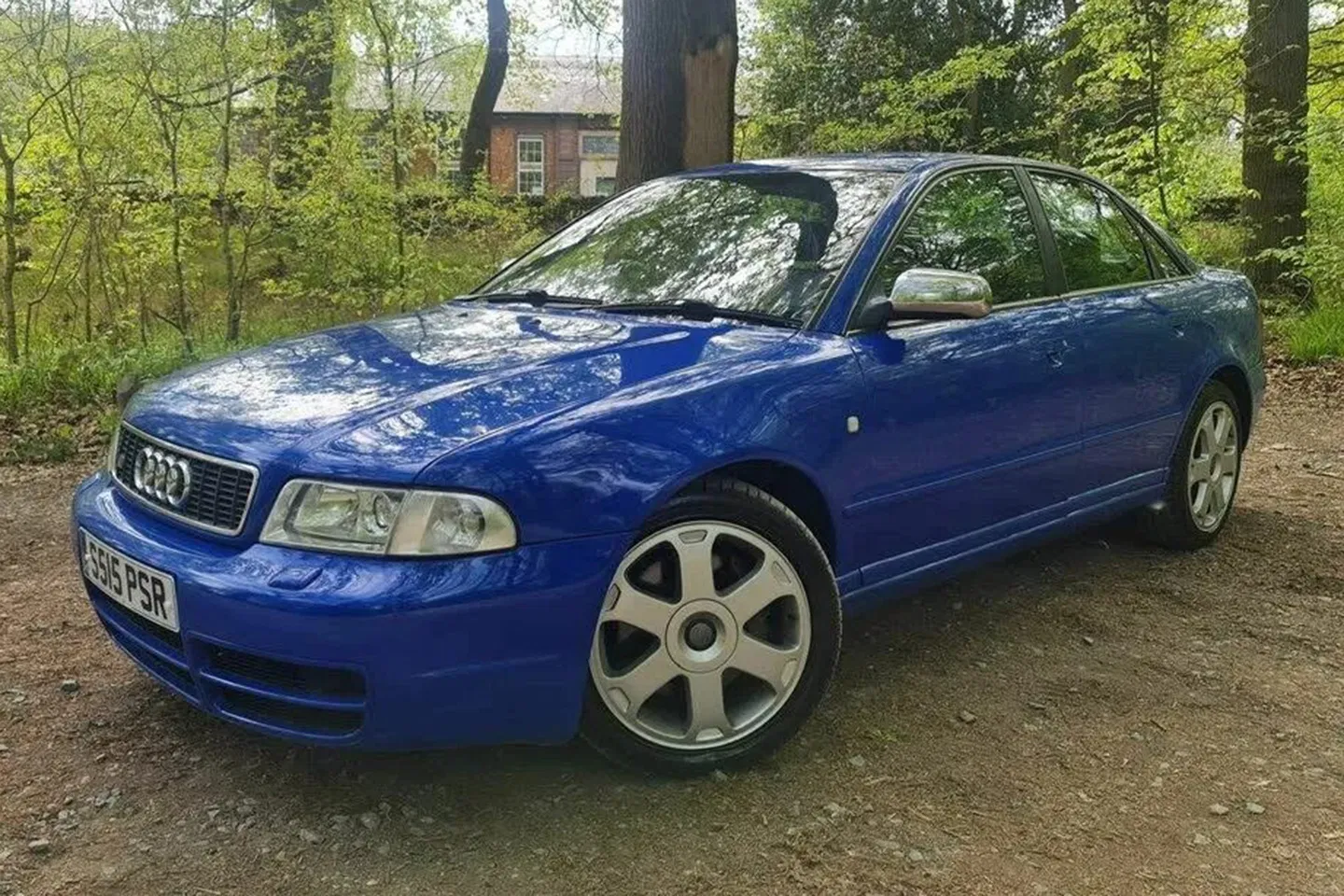
The factory turbos themselves are a weak point, prone to failure under higher boost levels. Add to this the issues with the S4’s fragile six-speed manual transmission and expensive-to-replace clutch systems, and it quickly becomes clear that this isn’t the best platform for heavy performance mods.
Electrical issues also plague the Audi S4, especially when aftermarket ECU tunes are added. With the complexity of Audi’s sophisticated electrical systems, even simple modifications can cause erratic behavior or result in costly diagnostics and repairs.
Furthermore, the all-wheel-drive (AWD) system, while great for performance in stock form, can become a liability when forced to handle excessive power or aggressive suspension mods.
While the Audi S4 remains a stellar performer when left mostly stock, its fragile engine components and complex systems make it a risky candidate for serious upgrades.
4. Nissan 350Z
The Nissan 350Z has long been a favorite among car enthusiasts for its sleek styling, rear-wheel-drive layout, and naturally aspirated V6 engine.
With its relatively affordable price tag and a strong aftermarket parts network, it’s no surprise that many have tried to push the limits of this car with modifications. However, the 350Z has proven to be a tricky platform when it comes to reliability after modifications.
While the VQ35DE engine found in the 350Z is solid in stock form, it becomes much more vulnerable to failure once you start turning up the performance.
High-revving engines like the VQ35DE are known for their tendency to suffer from oil starvation and reliability issues, especially when modified with forced induction like superchargers or turbos.
The engine can also struggle with excessive power after even minor tuning, as the stock internals weren’t designed to handle huge amounts of boost or stress.
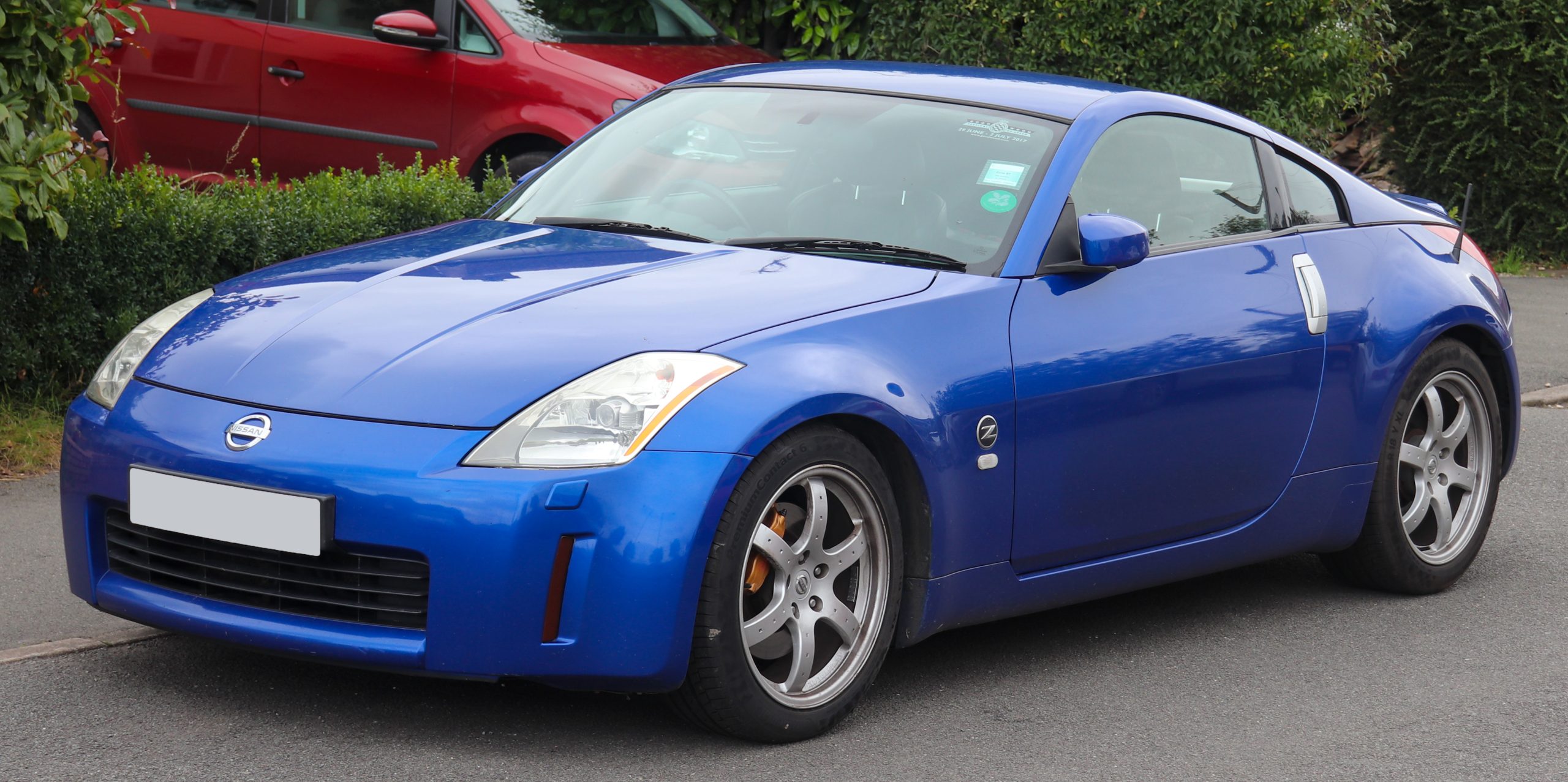
The car’s transmission and clutch systems are also problematic under increased performance loads.
The factory six-speed gearbox tends to wear quickly when subjected to aggressive shifting or torque loads, and owners often report slipping clutches and problematic synchros after adding more power.
Additionally, the rear differential has a reputation for failure after heavy modifications or aggressive driving.
The suspension system, while capable in stock form, doesn’t always hold up well under major upgrades, and the car’s overall build quality isn’t quite as bulletproof as its competitors in the sports car category. As a result, the 350Z may require extensive reinforcements to handle serious mods without major breakdowns.
5. Chevrolet Camaro (Fifth Generation)
The fifth-generation Chevrolet Camaro, released from 2010 to 2015, was a huge success for General Motors, reviving the classic American muscle car with modern performance and design. Its aggressive styling and powerful V6 and V8 engine options made it an instant favorite among performance enthusiasts.
However, when it comes to modifying the Camaro, especially the V6 models or heavily tuned V8s, many owners have discovered that it’s not the most forgiving platform for heavy upgrades.
While the Camaro’s powertrains and chassis are strong, they aren’t always equipped to handle extreme modifications without additional reinforcements. The V6, although an excellent engine in stock form, can struggle with forced induction, such as turbocharging or supercharging.
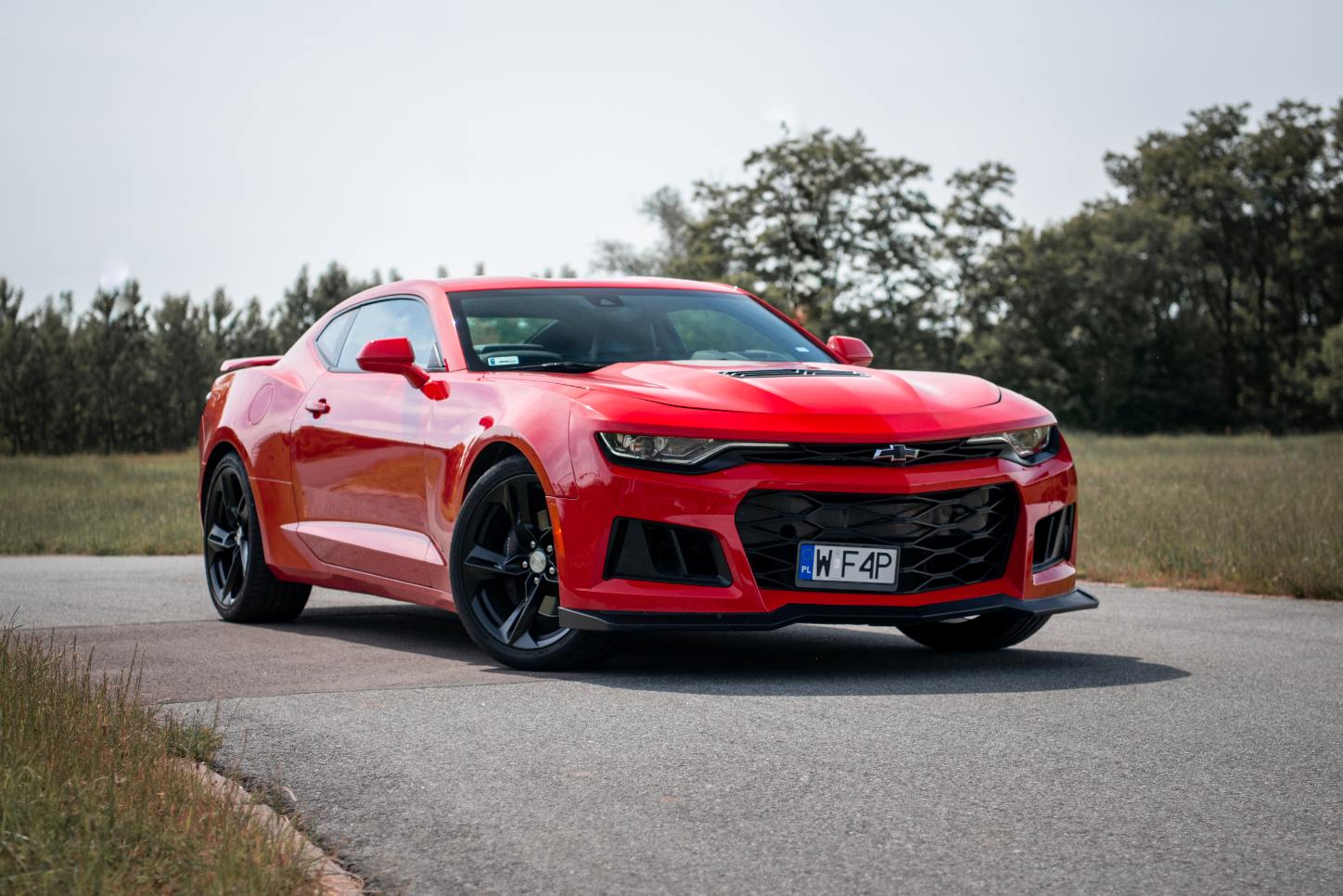
The engine’s internals are not built to handle the significant increases in boost or power that come with those upgrades, leading to failures in components like pistons, rods, and valve springs.
The V8 models, particularly those with the LS3 engine, are more robust and can tolerate more aggressive tuning.
However, even these cars can run into trouble when owners push the limits with forced induction or high-performance modifications without upgrading critical components such as the fuel system, cooling, and transmission.
The stock clutch and gearbox often aren’t up to the task of handling the increased power, leading to premature wear and failure.
Additionally, the Camaro’s suspension system isn’t always ideal for track-ready modifications. Heavy handling upgrades can cause excessive wear on bushings, ball joints, and other components, leading to costly repairs.
While the Camaro offers plenty of performance potential, it’s crucial to proceed carefully when modifying it—especially if you want it to stay reliable in the long run.
When it comes to modifying cars, there’s always a sense of excitement and adventure in pushing a vehicle to its limits.
However, not all cars are built with the same resilience, and while some shine brightly under the spotlight of performance upgrades, others crumble under the strain.
The vehicles we’ve discussed highlight the contrast between those that thrive with modifications and those that fall apart when pushed beyond their original design.
On one hand, cars like the Mazda MX-5 Miata, Subaru WRX/STI, and Ford Mustang are celebrated for their solid engineering, making them reliable platforms for both beginner and seasoned tuners.
Their durable engines, well-balanced chassis, and vast aftermarket support make them safe bets for anyone looking to enhance their car’s performance without fear of major failures.
These vehicles not only handle modifications with ease but also offer a wide range of possibilities for customization, allowing owners to transform their cars into anything from daily drivers to track-ready machines.
On the other hand, models like the Dodge Neon SRT-4, BMW 335i, and Audi S4 illustrate the risks involved with modifying cars that weren’t designed with extreme performance in mind.
These vehicles may be exciting in stock form, but when pushed with significant upgrades—such as forced induction or suspension changes—they reveal weaknesses that can lead to costly repairs.
From fragile transmissions to unreliable electrical systems, these cars require extra attention and often substantial reinforcements if they are to handle modifications without falling apart.
Ultimately, the key to successful car modification lies in understanding the strengths and weaknesses of the car you’re working with.
While some models can handle modifications with ease, others may require a more cautious approach—or a complete rethink of what modifications are feasible.
By choosing the right car and being mindful of its limitations, enthusiasts can ensure that their passion for performance remains enjoyable and, more importantly, reliable.
Also Read: 5 Cars With User-Friendly Tech and 5 That Are Overcomplicated

